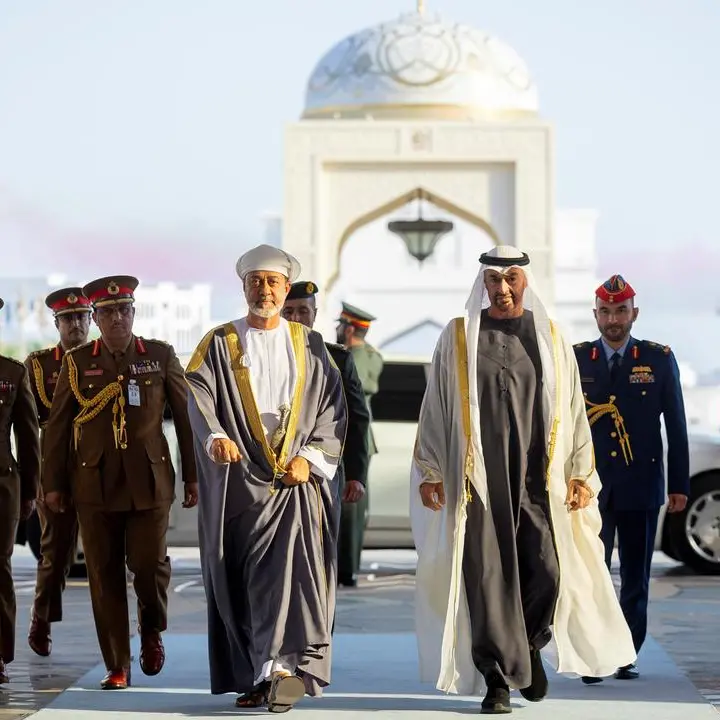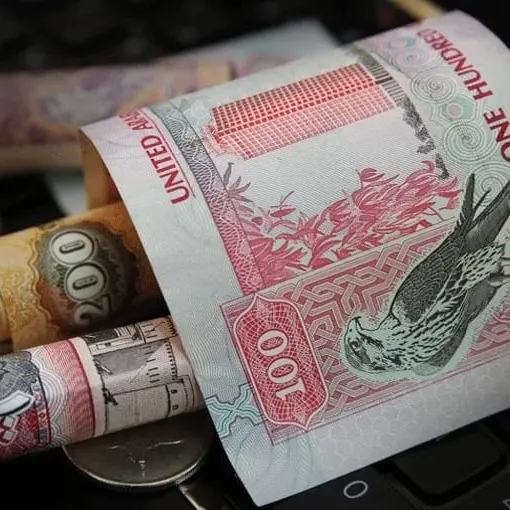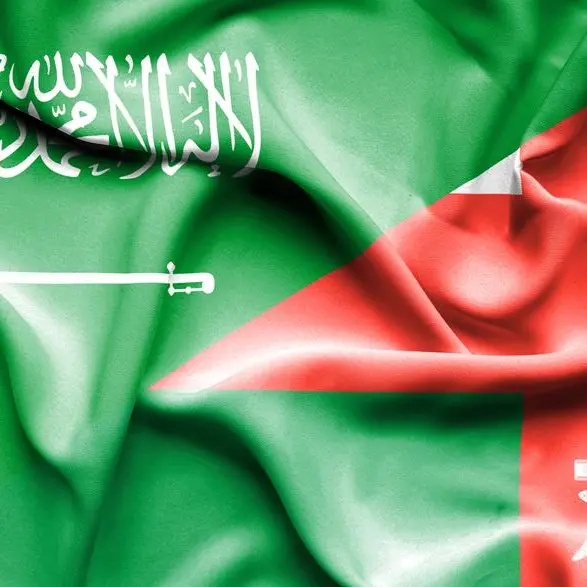PHOTO
This year, GCC states will record their highest oil production since 2016, and a GDP growth that will be among the highest in the world. Despite higher oil windfalls, they should continue diversifying the economy, according to Moody’s.
Alexander Perjessy, Moody’s vice president and senior credit officer, told a media roundtable that oil prices are expected to fall to $50 to $70 per barrel in the medium term, around 2024, but prior to that GCC states are to see their highest GDP growth rate since 2011.
This particularly applies to the UAE and Saudi Arabia, where GDP growth year-on-year could be as high as 7%, which may make them the highest growing sovereigns globally.
“We’re going to see very significant improvements in fiscal and external positions of all the GCC sovereigns,” he said.
The aggregate fiscal surplus for the region will rise to 8% of GDP, that compares to a small deficit of 2.1% in 2021, a deficit of more than 11% of GDP in 2020. The fiscal surplus for the GCC as a whole is likely to stay for the next three years, he said.
The surplus will be particularly large for Abu Dhabi and Qatar, as well as Saudi Arabia and Oman, with only Bahrain expected to see a fiscal deficit.
Both debt burdens and external funding needs will decline, he added, but the question remains as to what extent sovereigns will use oil prices to repair their balance sheets.
Saudi Arabia reported a “remarkable” increase in non-hydrocarbon revenue, from 6% in 2010 to 18% in 2021, and had introduced a tripled rate of VAT at 15% in July 2021, he said, but the government may review and revise downwards the 15% rate by 2025.
Moody’s will be observing whether the high oil prices led sovereigns to become complacent about progress, or even reverse progress made, Perjessy concluded.
(Reporting by Imogen Lillywhite; editing by Seban Scaria)












